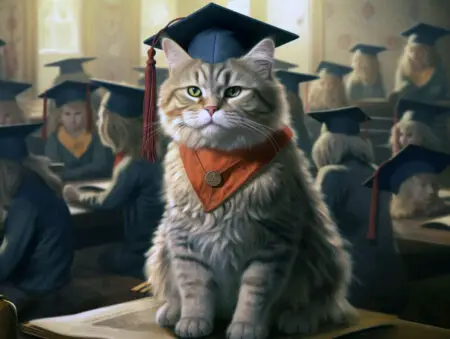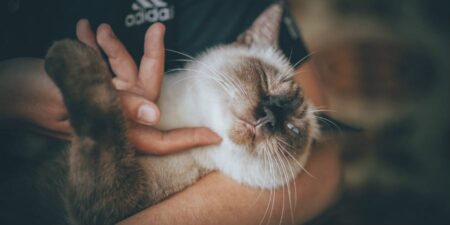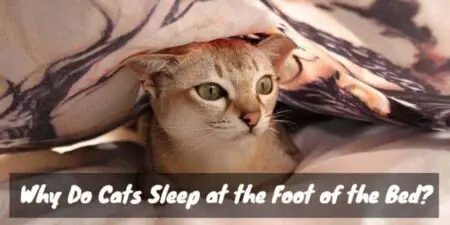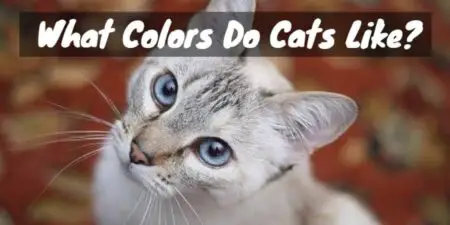Do you ever wonder if cats can see things that we humans can’t?
Many people believe that our feline friends possess unique abilities to perceive the world beyond our own senses.
This fascinating idea has captivated the imaginations of cat lovers and animal enthusiasts alike, sparking discussions about the mysterious nature of our furry companions.
Reasons Why People Think Cats Can See Things We Can’t
One reason people think cats can see things we can’t is their exceptional night vision.
While we struggle to see in the dark, cats’ eyes are adapted to thrive in low-light conditions.
This allows them to see things in the shadows that are virtually invisible to us.
Cats also have an uncanny ability to stare at seemingly empty spaces, making us question if they’re observing something we can’t see.
This has led to the widespread belief that they might be able to see spirits or ghosts.
Tales of cats reacting to unseen presences have been shared among pet owners for centuries, adding an air of mystique to our feline friends.
Some people also believe that cats can sense the energy or aura of their surroundings.
This ability is thought to enable them to detect changes in their environment that are imperceptible to the human eye.
For example, cats may seem to anticipate the arrival of a person or another animal moments before they appear in sight.
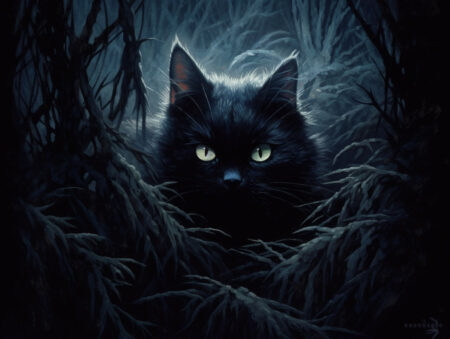
How Are Cat Eyes and Human Eyes Different?
Cat eyes and human eyes have several differences that account for the unique visual capabilities of each species.
Some of the main differences include:
Pupil Shape
Cats have vertical slit-shaped pupils, while humans have round pupils.
The slit-shaped pupils in cats allow for a greater range of light control, enabling them to see better in both bright and dim conditions.
Night Vision
Cats have a higher number of rod cells in their retinas compared to humans.
Rod cells are responsible for detecting light and motion in low-light conditions.
This adaptation allows cats to see better in the dark, giving them superior night vision.
Tapetum Lucidum
Cats have a reflective layer behind their retinas called the tapetum lucidum, which is absent in humans.
This layer acts like a mirror, reflecting light back onto the retina and increasing the amount of light available to the photoreceptor cells.
This adaptation further enhances cats’ night vision.
Field of View
Cats have a wider field of view compared to humans.
A cat’s field of view is around 200 degrees, while humans have a field of view of approximately 180 degrees.
This wider field of view helps cats detect movement and potential threats in their peripheral vision.
Color Vision
Cats have fewer color receptor cells, called cones, in their retinas compared to humans.
As a result, cats are believed to see colors in a more limited spectrum than humans, with their color vision being similar to that of a color-blind human.
Cats likely perceive colors in shades of blue and green but have difficulty distinguishing reds and oranges.
Visual Acuity
Human eyes generally have better visual acuity than cat eyes, meaning we can see objects in greater detail and at a higher resolution.
Cats’ vision is more adapted for detecting motion and seeing in low light, rather than focusing on fine details.

Summary
The belief that cats can see things humans can’t is fueled by their remarkable night vision, mysterious behaviors, and uncanny intuition.
While there is no scientific evidence to prove that cats can see spirits or auras, the intriguing possibility continues to capture our imaginations and deepen our connection with these enigmatic creatures.
Can Cats See Spirits, Ghosts, or the Supernatural? (Video)
"In ancient times cats were worshipped as gods; they have not forgotten this."
-- Terry Pratchett


